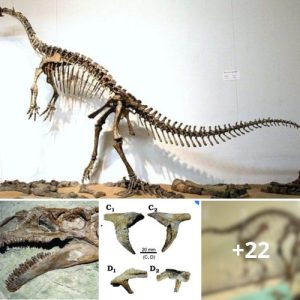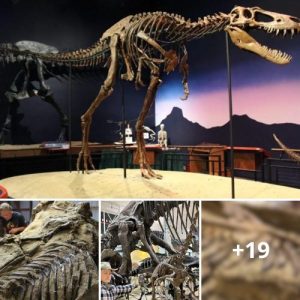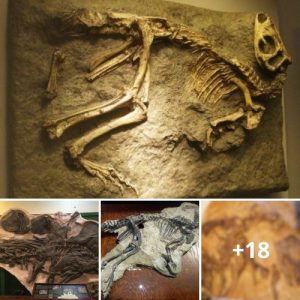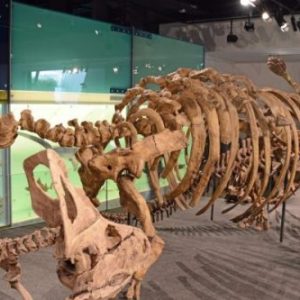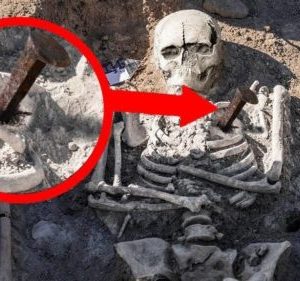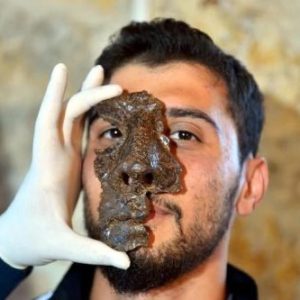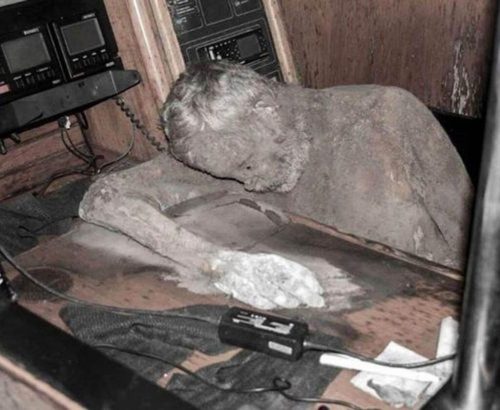
Mummies have always fascinated humanity, offering us a glimpse into the past and the mysteries of ancient civilizations. These well-preserved bodies, whether through natural processes or intentional mummification, have provided invaluable insights into the lives, cultures, and even diseases of our ancestors. In this article, we delve into some of the most unsettling and intriguing mummified remains from around the world, shedding light on their significance and the stories they tell.
- The Mummies from Kabayan, Philippines:
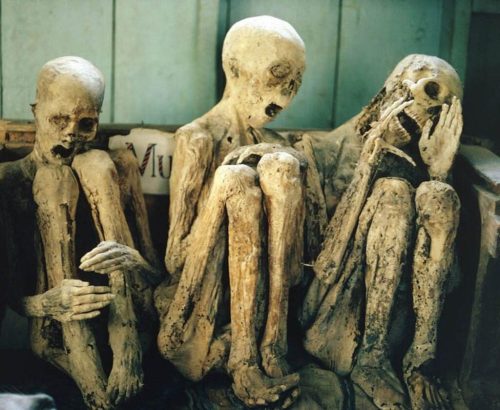
In the remote mountainous regions of Kabayan in the Philippines, a remarkable discovery was made. Mummified bodies, known as the “Fire Mummies,” were found in the caves of this picturesque province.
These mummies date back over 500 years, showcasing an astonishing degree of preservation.
The process of mummification among the people of Kabayan involved a unique method. The deceased were exposed to the elements and left to decompose naturally.
Once the soft tissues had decomposed, the bodies were cleaned and then exposed to smoke and heat to preserve them. The result is a collection of mummies with strikingly lifelike appearances, offering a remarkable glimpse into the culture and rituals of the ancient Kabayan people.
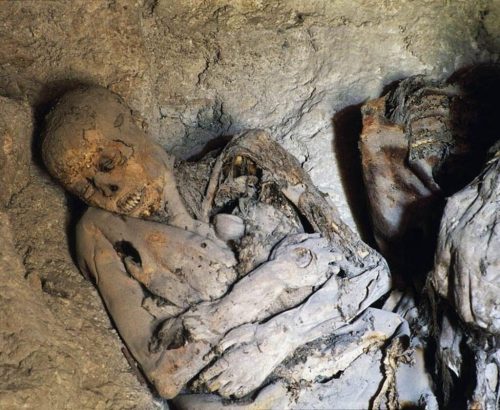
- La Doncella – The Maiden of Llullaillaco:
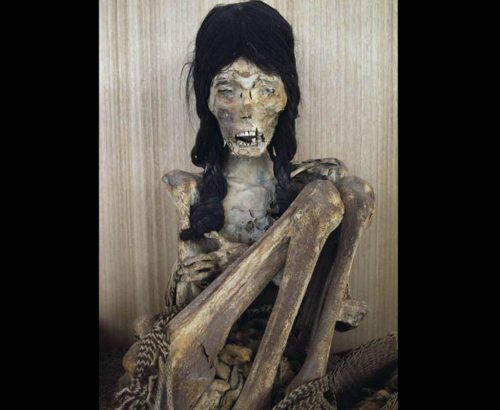
High in the Andes Mountains, at an altitude of over 20,000 feet, archaeologists unearthed the mummified remains of a young girl known as “La Doncella” or “The Maiden of Llullaillaco.” This young Incan girl, who was likely sacrificed as part of a religious ritual, has fascinated researchers for her extraordinary preservation and the insight she provides into Incan culture.
La Doncella was part of a trio of mummies, including a boy and another girl, found on the Llullaillaco volcano in Argentina. These mummies were intentionally chosen for their beauty and health, suggesting they were sacrificial offerings to the gods. The freezing temperatures and dry air at such high altitudes contributed to their exceptional preservation.
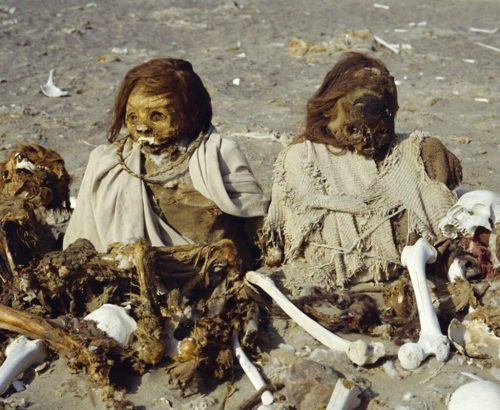
- The Iceman – Ötzi:
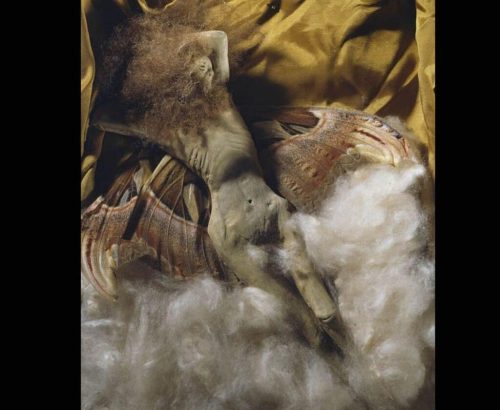
One of the most famous mummies in the world is Ötzi, also known as the Iceman. Discovered in the Ötztal Alps between Austria and Italy, this mummy dates back to around 3300 BCE, making him over 5,000 years old. Ötzi is unique not only for his age but also for the level of detail researchers have uncovered about his life and death.
Ötzi’s mummification was a result of natural processes. He died in a cold, alpine environment and was quickly covered by snow and ice, which preserved his body over millennia. Remarkably, scientists have been able to reconstruct his last days, revealing that he was a traveler, a hunter, and likely met a violent end.
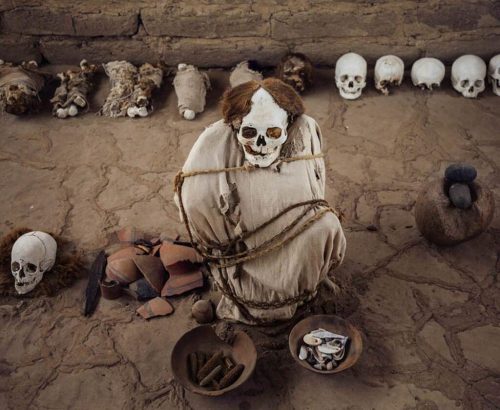
- The Children of Llullaillaco:
Returning to the Andes, the mummies of three Incan children, known as “The Children of Llullaillaco,” provide poignant insight into the ritualistic practices of ancient civilizations. Discovered atop the Llullaillaco volcano, these mummies are believed to have been sacrificed to the gods during the Inca Empire.
The children, aged between six and 15, were chosen for their purity and innocence. They were drugged with a concoction of coca leaves and alcohol before being left to freeze to death at the summit.
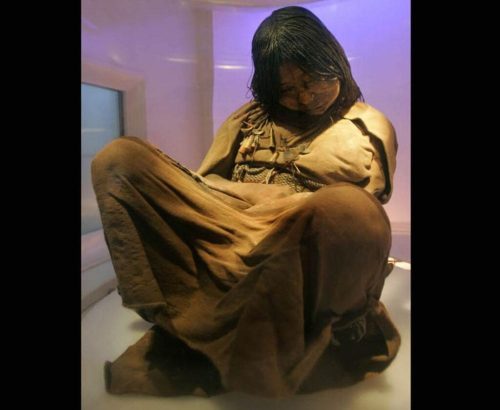
This grim ritual was seen as a great honor, as it was believed the children would serve as intermediaries between the Incan people and the gods. Their perfectly preserved mummies continue to be studied, revealing details about Incan society and beliefs.
Conclusion:
Mummies, whether created intentionally or through natural processes, serve as captivating windows into our history. They provide insights into the beliefs, practices, and daily lives of ancient civilizations.
The mummies of Kabayan, La Doncella, Ötzi, and The Children of Llullaillaco are just a few examples of how these remarkable remains continue to unlock the secrets of the past, allowing us to connect with our ancestors and better understand the world they inhabited.

